Julian Dyson
Julian Dyson was a self-taught British Outsider Artist from St. Mawes, Cornwall.
Although he initially trained and worked as a dentist, Dyson felt an overwhelming pull toward art. He seized the first opportunity to dedicate himself fully to painting, drawing, and carving.
His early work—up until around 1975—shows the only clear evidence of external influence, reflecting an exploration of artists such as Francis Bacon, Patrick Caulfield, and David Hockney. However, he soon left these influences behind with assurance and clarity of purpose. It was through drawing the landscape that Dyson discovered what he described as “a feeling of rhythm slowly developed.” Once he had found his artistic path, he remarked, “..wind and rain decide the way I draw.”
This organic process evolved into a distinctive style, characterised by a strong emphasis on line. He described his approach as one where “people and animals have come to dominate this work, which is drawn quickly to maintain its vibrant quality and life.”
Dyson held his first solo exhibition in 1972 at the John Hansard Gallery in Southampton. Many more followed, particularly in prominent Cornish galleries, culminating in a major solo show at Falmouth Art Gallery in 2001. His work is held in the gallery’s permanent collection as well as in numerous private collections worldwide.
He was an active member of the Newlyn Society of Artists and served as president of The Group of Twelve upon its founding in 1996.
In addition to his paintings, drawings, and prints, Dyson also produced sculpture—lively, imaginative works crafted from found objects, carved stone, and ceramics. One of his final creative endeavours was a collaboration with fellow Cornish artist Chris Prindle, in which he drew directly onto Prindle’s pots.
Julian Dyson passed away in 2003.

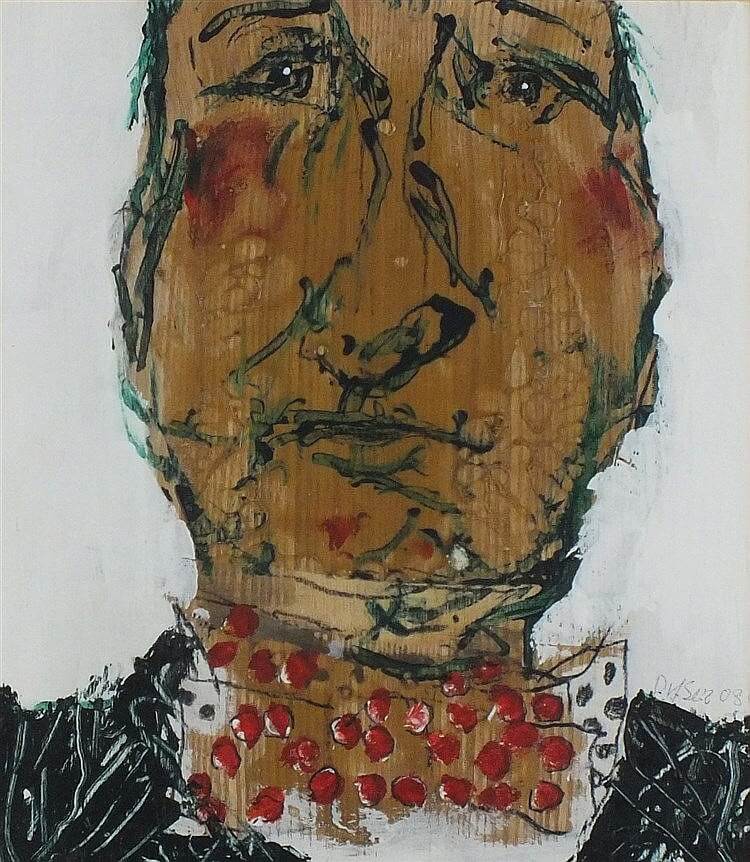
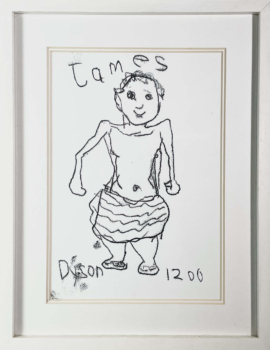
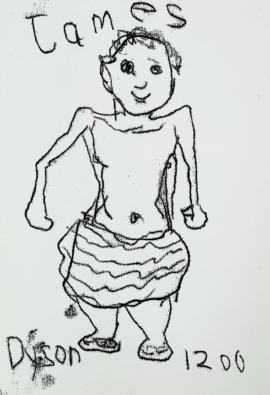 Julian Dyson
Julian Dyson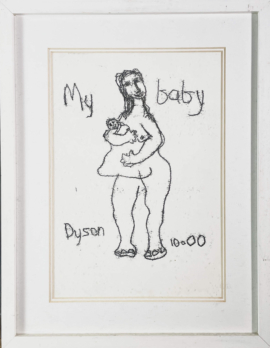
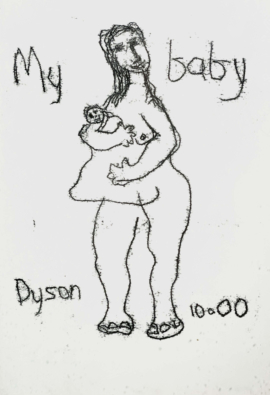 Julian Dyson
Julian Dyson

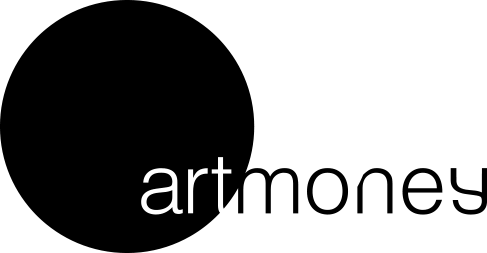
 Katsu
Katsu Baransky
Baransky